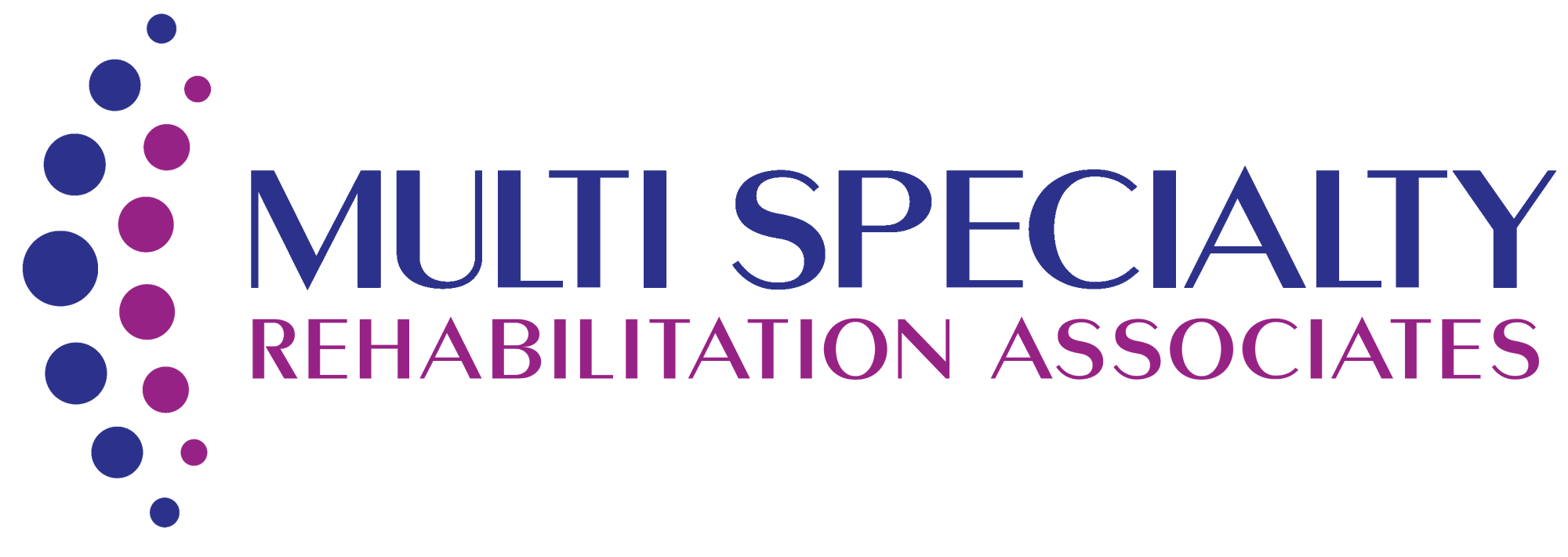(FAQ) About Orthopedics
What is orthopedics?
What conditions do orthopedic doctors treat?
Orthopedic doctors treat a wide range of conditions, such as:
- Bone fractures
- Joint dislocations
- Arthritis (e.g., osteoarthritis, rheumatoid arthritis)
- Tendon and ligament injuries (e.g., ACL tears, rotator cuff tears)
- Back and neck pain (e.g., herniated discs, sciatica)
- Carpal tunnel syndrome
- Osteoporosis
- Sports injuries (e.g., sprains, strains, and overuse injuries)
When should I see an orthopedic doctor?
You should consider seeing an orthopedic doctor if you experience:
- Persistent pain in your bones, joints, or muscles
- Difficulty or pain while moving or walking
- A noticeable joint deformity or swelling
- Recent injury that causes significant pain or limited function
- Chronic conditions like arthritis that worsen over time
What are the most common orthopedic surgeries?
Common orthopedic surgeries include:
- Joint replacement surgery (e.g., hip, knee, shoulder replacement)
- Arthroscopy (minimally invasive surgery to treat joint problems)
- Spinal surgery (e.g., spinal fusion, laminectomy)
- Fracture repair (e.g., pins, plates, screws for broken bones)
- Tendon and ligament repair (e.g., ACL reconstruction, rotator cuff repair)
What non-surgical treatments are available for orthopedic conditions?
Many orthopedic conditions can be managed without surgery. Non-surgical treatments include:
- Physical therapy and rehabilitation exercises
- Pain management (e.g., medications, injections)
- Bracing or orthotics for support
- Lifestyle changes (e.g., weight management, exercise modifications)
- Rest, ice, compression, and elevation (RICE) for injuries
What is an orthopedic specialist?
Orthopedic specialists are doctors who focus on treating specific areas of the musculoskeletal system, such as:
- Sports medicine specialists: Treat sports-related injuries.
- Joint replacement surgeons: Focus on replacing damaged joints.
- Pediatric orthopedic specialists: Treat musculoskeletal conditions in children.
- Spine specialists: Treat back and neck problems.
- Trauma orthopedic surgeons: Address complex fractures and acute injuries.
What is arthritis, and how do orthopedic doctors treat it?
Arthritis refers to inflammation of the joints, which can cause pain, swelling, stiffness, and reduced mobility. Orthopedic doctors treat arthritis through:
- Medication (e.g., anti-inflammatories, pain relievers)
- Physical therapy to improve strength and flexibility
- Joint injections (e.g., corticosteroids, hyaluronic acid)
- Surgery (e.g., joint replacement or joint fusion) for advanced cases
Can orthopedic conditions be prevented?
While not all orthopedic conditions can be prevented, there are steps you can take to reduce your risk:
- Maintain a healthy weight to minimize stress on joints.
- Engage in regular exercise to strengthen muscles and bones.
- Use proper technique during physical activities to avoid injuries.
- Wear protective gear during sports and high-risk activities.
- Stretch and warm up before exercising to improve flexibility.
What is joint replacement surgery?
What is orthopedic rehabilitation?
What is minimally invasive orthopedic surgery?
How do orthopedic doctors diagnose musculoskeletal conditions?
Orthopedic doctors use various diagnostic tools, including:
- Physical examinations to assess range of motion, strength, and pain.
- Imaging tests such as X-rays, MRIs, and CT scans to visualize bones, joints, and soft tissues.
- Bone scans or ultrasound to evaluate specific conditions like fractures or tendon damage.
- Blood tests to diagnose conditions like rheumatoid arthritis or infections.
What is the recovery process like after orthopedic surgery?
Recovery varies depending on the type of surgery and the patient’s overall health. It typically involves:
- A period of rest and limited activity to allow healing.
- Physical therapy to regain strength, flexibility, and function.
- Pain management through medications or other therapies.
- Follow-up visits with the orthopedic surgeon to monitor progress. Recovery times can range from a few weeks for minor procedures to several months for more extensive surgeries.

